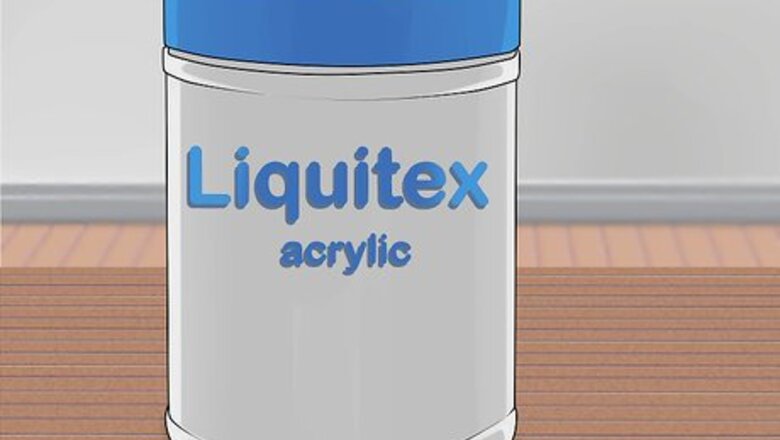
views
Using Gel or Decoupage Medium

Choose your medium. Liquitex acrylic gel medium is cheap, and can be found near the paint at any craft store. You can also search for Mod Podge Photo Transfer Medium. This is a specific kind of Mod Podge-- regular Mod Podge will not work for fabric. On the internet, you might find more specialized mediums. If you have trouble finding what you are looking for at a craft store, ask someone who works there.

Choose your fabric. Most people want to use photo transfers for T-shirt fabric or canvas, which is pretty foolproof. Synthetic fabrics are a little bit more difficult to transfer to. If you are planning to transfer to synthetic fabric, make sure that you test it out with similar fabric first. Your transfer will probably not fare well on stretchy fabric. The stretchier the fabric, the more wear and tear your transfer will have to endure. This is why transfers are often on linen or canvas.

Choose your image and cut it out. If you use a gel medium, you will need a laserjet image. You can also use old magazine pages or newspaper images. Some people say that if you use Mod Podge transfer medium, you can use inkjet images as well as laserjet images. If your image has text, you need to flip it horizontally on the computer in order to get the image to transfer correctly. Most programs that you use to open an image have this option; you do not need to use Paint or Photoshop.
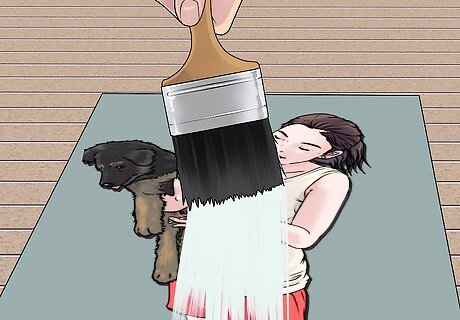
Cover the front of your image with your medium. You can use a regular bristle brush to do this. The coat of medium should be quite thick. You don’t want to be able to see the image when you are done coating.
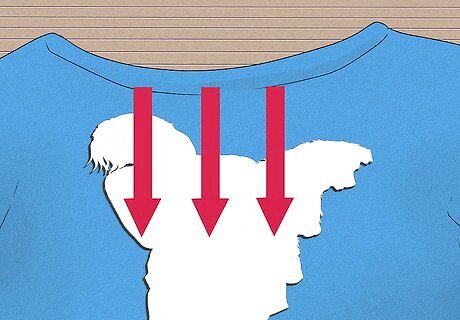
Press your image onto the fabric. Make sure that all of it is touching the fabric, and smooth out any air bubbles. Let it sit over night. Some people say that it is not necessary to let your image sit overnight if you use gel medium. If you peel off the paper before it has dried completely, your transfer will appear faded.

Wet the back of the image, and rub the surface with your fingers. The paper will start coming off. Continue to rub it until all the paper is gone. If you are using the transfer for display, you can use another coat of gel medium to protect it.
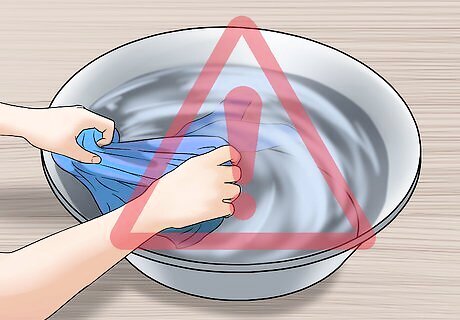
Take care when washing. It is best to wash your transfer by hand. If you do have to machine wash your transfer, turn the fabric inside out and don’t use your dryer. Don’t dry clean your transfer. The harsh chemicals will take a toll on the image.
Using Photo Transfer Paper

Purchase a package of fabric transfer paper. This is available at Best Buy, Walmart, Michael's, and other craft and office supply stores. Make sure that the paper that you choose matches the kind of printer you have, so that you are not using an laserjet printer to print on inkjet transfer paper.. Pay attention to details listed on the package. Most iron-on transfers require cotton or cotton blend fabrics. If your garment or item is dark colored, look for 'Transfer to Dark' paper.
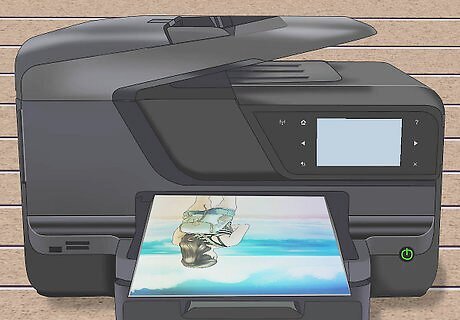
Print and cut out your transfer. Upload your photo to your computer, and use Paint or a photo program to adjust the size of the photo to suit your needs. When you cut out your image, round the corners of the photo. That way, the corners will not peel after multiple washings. If you have a graphic, cut as close to the edges as possible, and round your corners. Never have sharp edges on your transfer. Keep in mind that any white spaces in the photo will be the color of your garment or item.

Take the backing off of your paper. Apply the transfer face-down on the fabric, so that the printed side is against the fabric. Take care not to tear the image as you peel the backing off.

Iron your image onto the fabric. Make sure that your iron is very hot, and is not emitting any steam, as this will ruin the transfer. Iron on a hard, non-porous surface instead of an ironing board. Most irons have a setting that you can alter to stop them from emitting steam, but you can also make sure there’s no water in the iron.
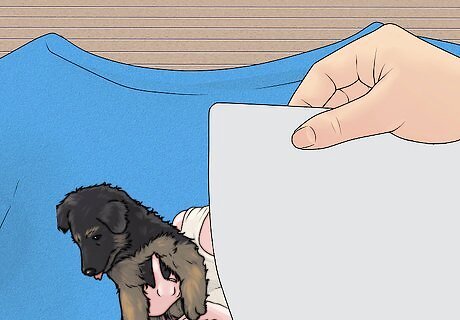
Peel off the paper. You can peel one corner to check your image first. If it is spotty, you can carefully put it back and iron some more. Some people like the distressed look of half-transferred images, so feel free to experiment if this is something you might like. Do not wash your item for 24 hours.
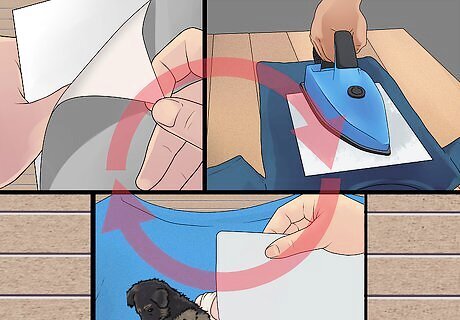
Try again. If your iron-on transfers did not work as well as you hoped, try doing things differently the next time. You may have printed on the wrong side of the paper. If your image faded, you may have washed before waiting 24 hours. If your image peeled off, you may not have rounded your edges very well. You need to iron on a hard surface, keep your iron at maximum heat, and apply a great deal of pressure when ironing. Transfers require a lot of heat and pressure in order to stick, so if you do not apply enough hot, even pressure, parts of your transfer may not stick.

Turn your garment inside-out to wash it. Hand-washing your transfer is best, but if you must wash it in a machine, turn it inside-out so that other clothes don’t wear on it. Letting the garment air-dry also preserves the transfer. Use a gentle soap. Don’t mix any bleach into your wash.




















Comments
0 comment